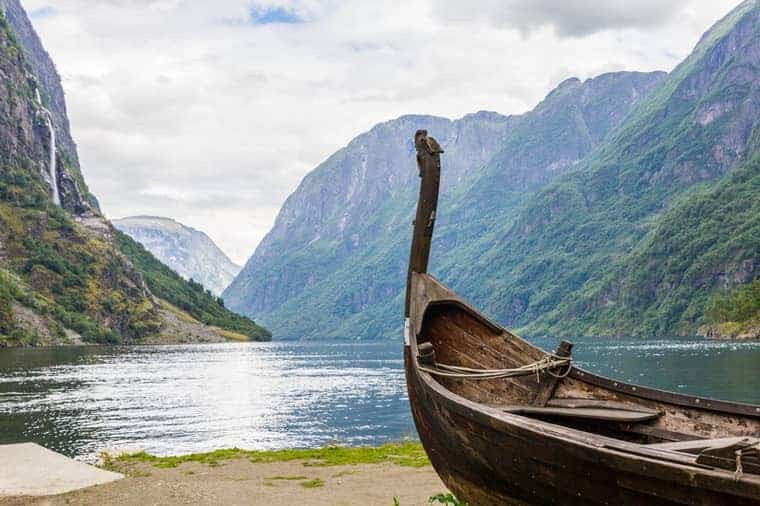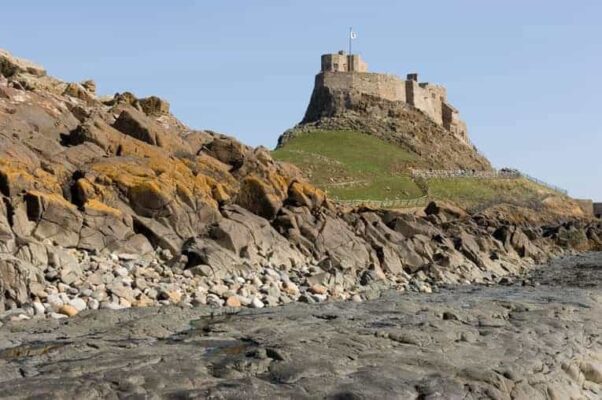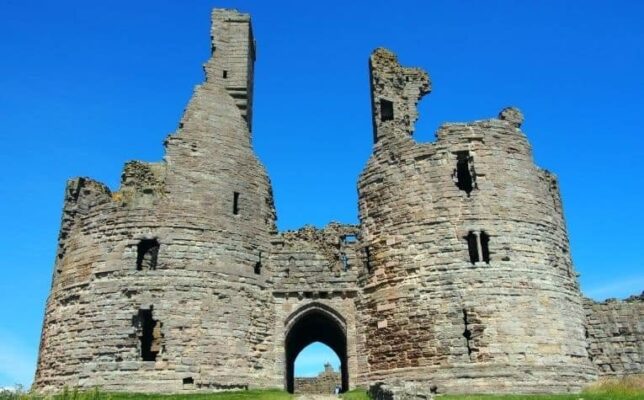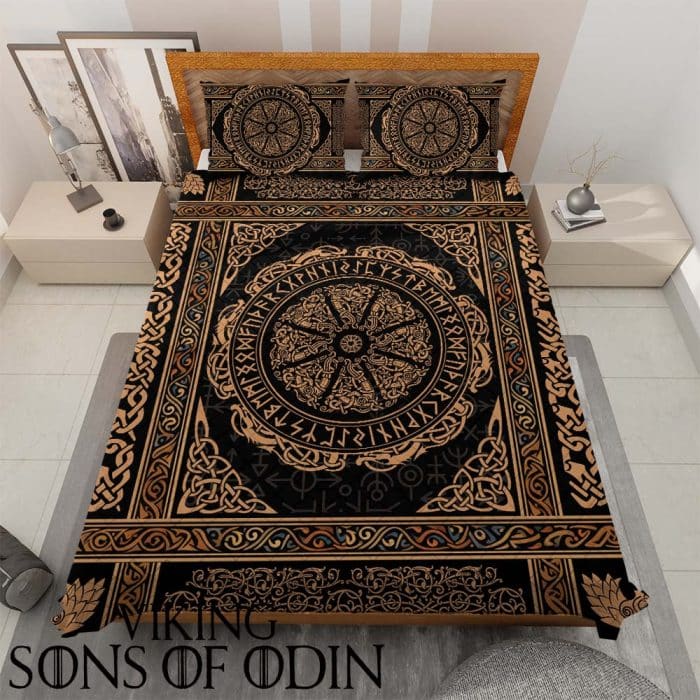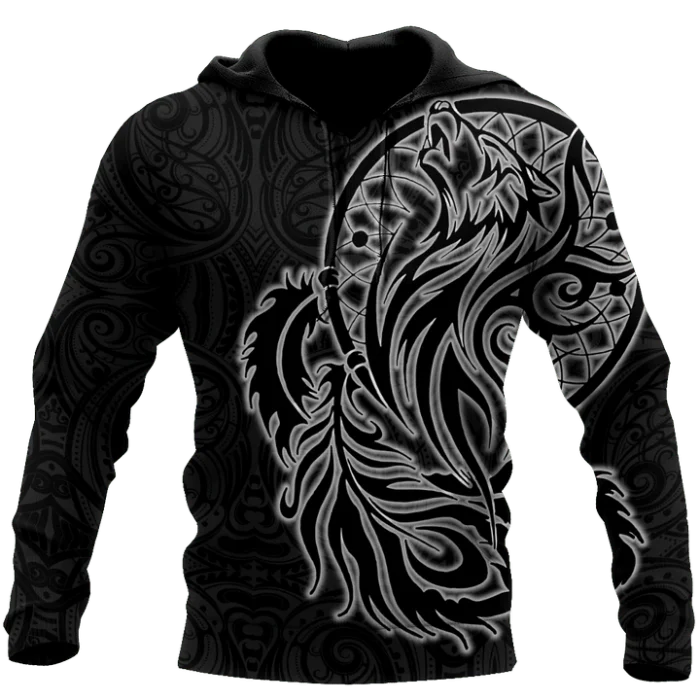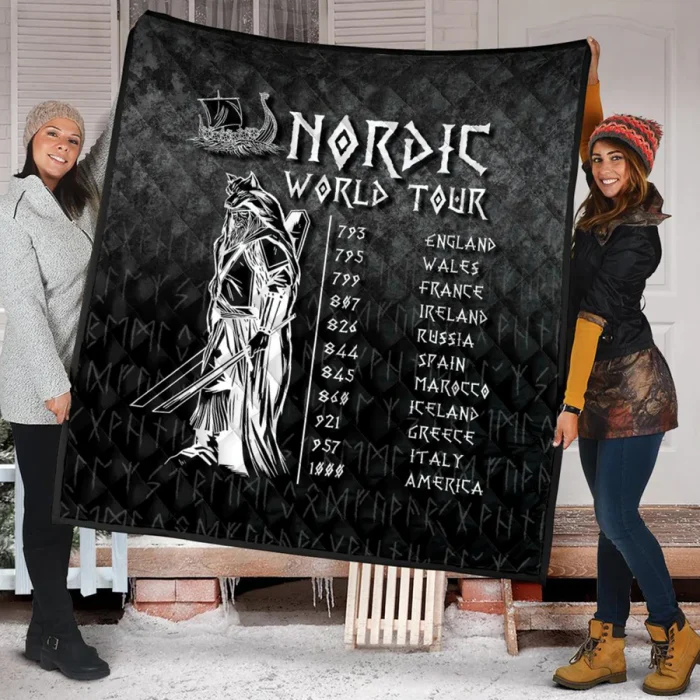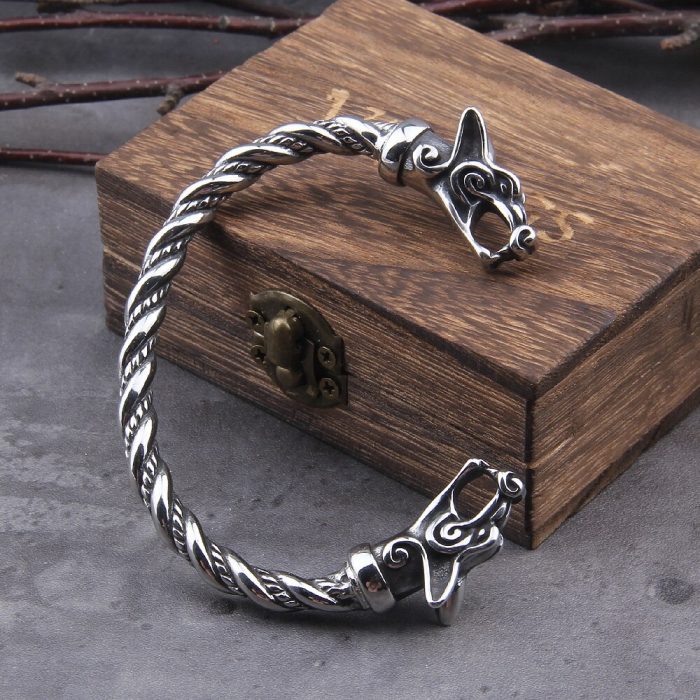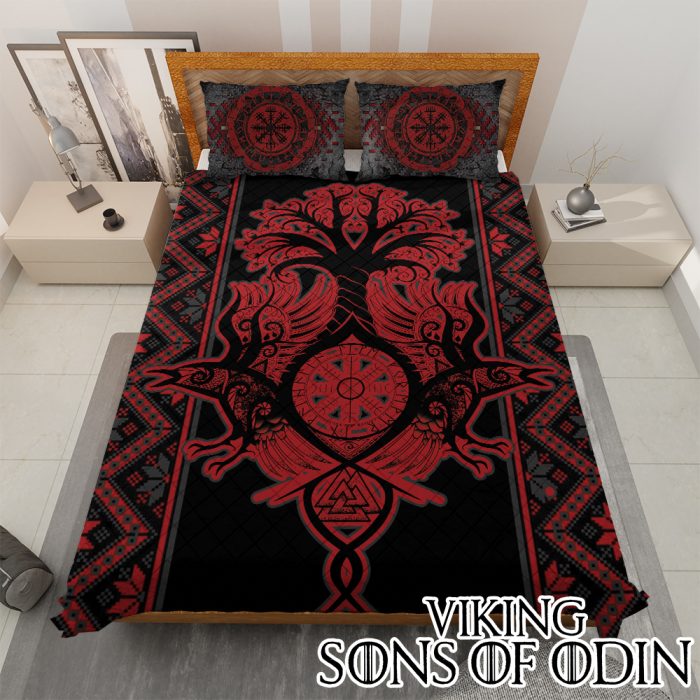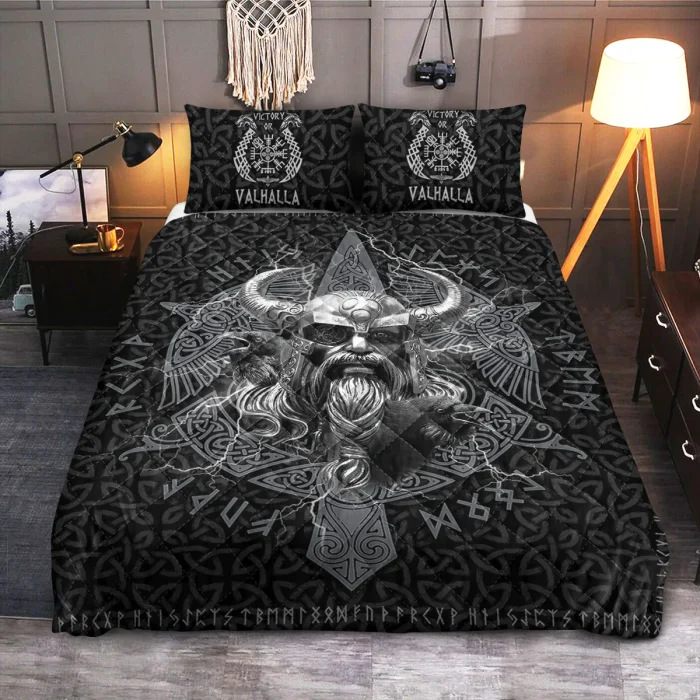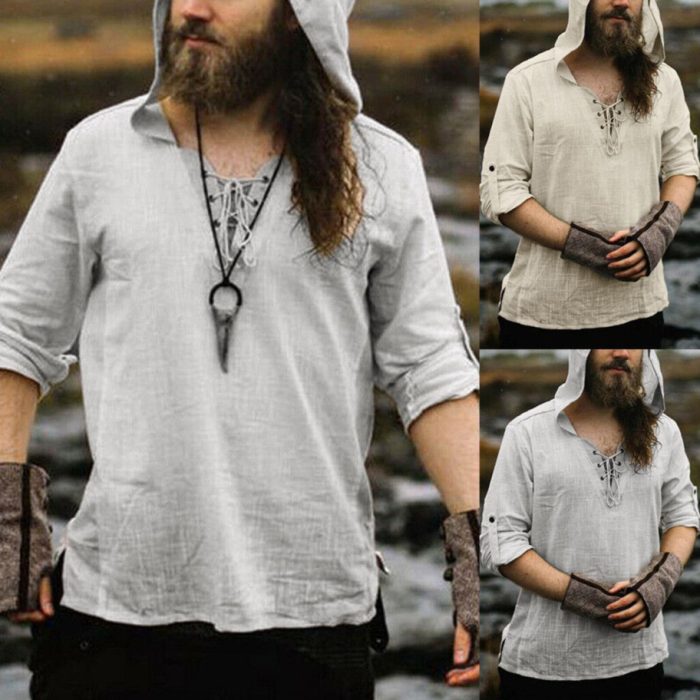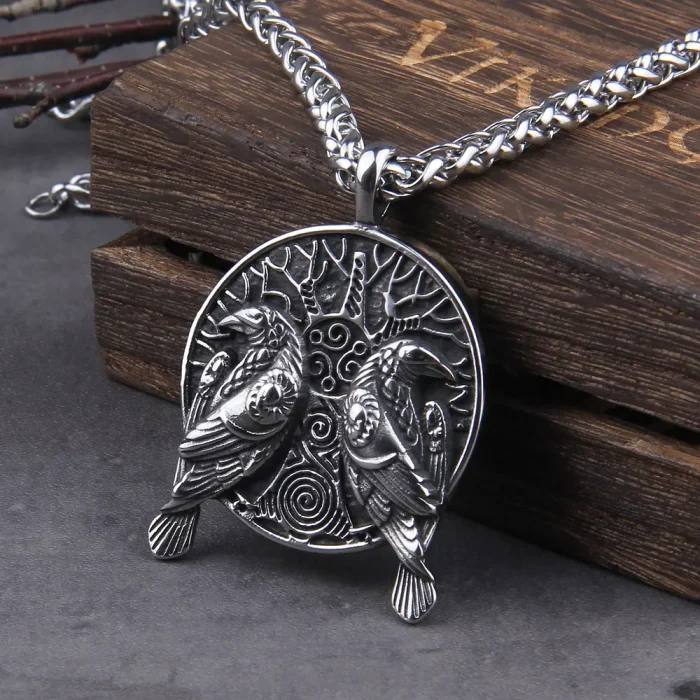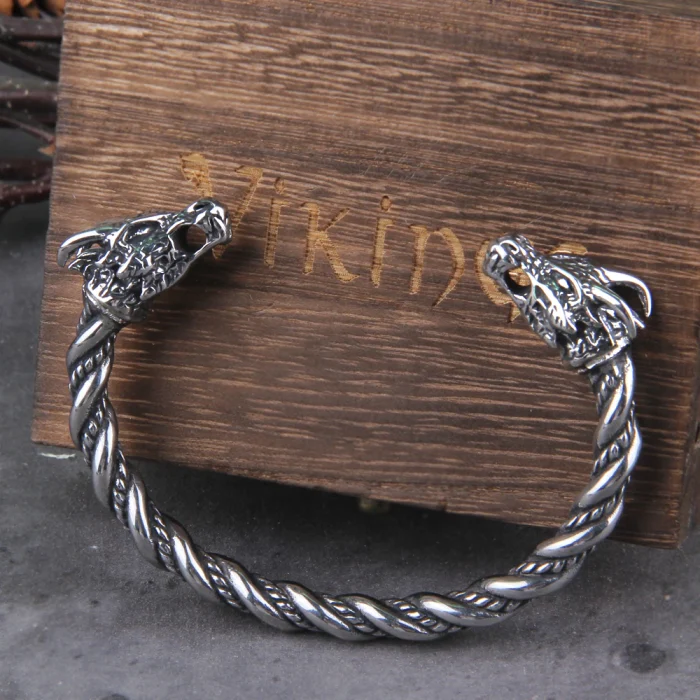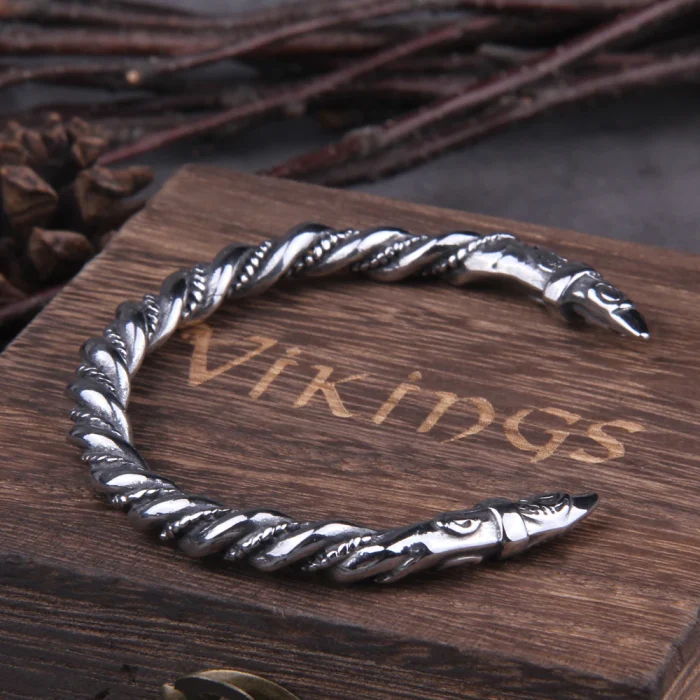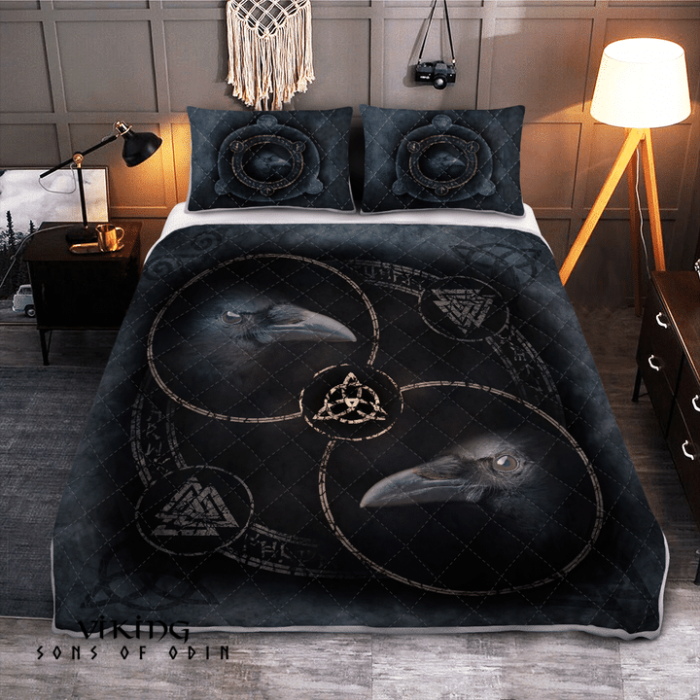Viking
A History Of The Vikings: Get The Facts
The Vikings were Norse people who have a rich and fascinating history. With roots primarily in southern Scandinavia, they raided some countries, and traded with others, in order to build wealth and extend their influence.
In the year 789 A.D., the Vikings launched their first raids on England. Similar violent attacks continued intermittently through the year 1066, which generally marks the end of the Viking age. Perhaps the most well-known Viking is Ragnar Lodbrok, who successfully led raids in France and England.
The history of the Vikings is fascinating though somewhat mysterious due to how little historians can confirm with certainty about the lives of those who lived during that period of Northern European history. Keep reading to learn more..
RAIDING: A VIKING TRADITION
The Vikings originated in Scandinavia, a region in Northern Europe, which consists of present-day Denmark, Norway, and Sweden. [1] This area was largely unified, though sparsely populated, during the time of the Vikings.
Scandinavia before the Vikings was mostly farmland with scattered villages and little to no towns or cities. The majority of the residents worked the fertile soil of the land at the time, providing for their families and neighbors through cultivating the land.
Others were fishermen, casting their nets along the various coastlines of Scandinavia. Fishing was a significant aspect of the culture in ancient Northern Europe.
The inhabitants of the region developed strong, yet fast ships, with able oars and sails, that could slice through the waters of Northern Europe. The development of sailing efficiency enabled more men to travel quickly through the North Sea and beyond.
Historians don’t know for sure exactly why large cohorts of Viking men decided to set sail and attack unsuspecting people groups in Western Europe. Some speculate that it could have been the result of overpopulation in Scandinavia, while others think it could have been due to political instability in the northern region.
Whatever the reason, the Vikings set sail and began to raid. Most historians agree that 793 A.D. is when the first-ever Viking raid occurred. Their first target was the Christian monastery of St. Cuthbert on Lindisfarne, a small island off the northeast coast of England. The Vikings often targeted unguarded, defenseless Christian churches in their raids.
The Vikings, who landed on the coast of Northumbria, attacked the monastery, taking not only any valuables that could be found, but also capturing unarmed people to keep as slaves for themselves or to sell to other people groups in the region.
Such inhumane acts offer a glimpse of the Vikings’ cruel behavior and illustrate that their barbaric reputation is well deserved. This initial raid marked the beginning of a pattern of violent attacks along coastal communities in Western Europe. With success in battle came more fighting. (Also see Did the Vikings Have Cats?)
A series of Viking raids involving large numbers of fighters is sometimes referred to as a “raiding campaign.” Raiding campaigns advanced Viking causes swiftly across Scandinavia. Their attacks, which increased in size over time, occurred at irregular intervals for the next two centuries.
HISTORY OF RAIDING
Although the Vikings achieved great success in their time, they did not start out as the powerful overlords that they later became. The Viking’s aggression started with small expeditions, raiding vulnerable venues like monasteries in order to bring treasures and valuables back to their countries.
In their first raids, only a few ships would sail to other lands, then return home after either a successful raid or after being outnumbered by their opponents.
They were sometimes overpowered and met with failure in their early days. It was not until the Vikings began establishing camps and settling in a variety of different areas that their mission became larger in scale.
In the 850s, many Vikings began wintering in England, Ireland, and France. They were able to plant home bases in these countries, from which they could launch themselves deeper inland when the time was right.
ATTACK ON ENGLAND
Among the largest efforts was the micel here, also known as the “Great Heathen Army” which arrived in England in 865. This effort was intended to take down the Anglo-Saxon kingdoms in England.
Brothers Halfdan and Ivar the Boneless led the attack, and in time, they developed a reputation as fearless warriors. The brothers led an army that defeated the English regions of Northumbrians in 866, East Anglia shortly after that, and then the Central English Kingdom of Mercia.
The only kingdom that lived through this raid was Wessex, which at the time, was ruled by King Alfred. This kingdom was finally taken down in 878, which meant that the majority of England was no longer independent. However, King Alfred was able to come back and defeat the Vikings, earning him the title Alfred the Great.
The results of this fighting produced an 80-year period in which England’s rule was split. Kings ruled the region of Wessex in the south and southwest, while Vikings maintained their power in the north and midlands of England.
This lasted until the last Viking king, Erik Bloodaxe, was killed in 954. At this time, the Kings were able to take back the entire country and rule a united England once again.
Yet even when the Vikings experienced a setback, their impact had been so great, that their culture and traditions remained for some time to come. (Also see Traditional Viking Art: 7 Styles of the Period)
To this day, in many regions of England, there are traces of Scandinavian influence due to the rule of the Vikings for such a long period of time. This is indicative of the power they had in the region and how long they were able to reside there.
Since Vikings were in regions of England for upwards of 80 years, multiple generations only knew the Viking way of life, and therefore handed down the traditions, cultures, and religious ideals to their children.
Such transmission from generation to generation is how the Viking culture survived. However, today in Scandinavian countries, it is mostly highlighted for the sake of tourism than it is a lifestyle choice among those residing in regions once ruled by Vikings.
VIKING CULTURE
Were the Vikings simply brute fighters and nothing else? There was more to the Vikings than violent raids. They were traders, explorers of far-away lands—centuries before the explorations of Columbus—storytellers, artists, and rulers.
- The Viking were explorers, reaching as far east as present-day Russia and as far west as the coastlines of North America.
- The Vikings were storytellers, passing down legendary tales of Norse gods and other mythical figures to their children and grandchildren.
- The Vikings were artists, decorating their ships with religious symbolism and images of ferocious animals.
The Vikings were not educated in the same way other Europeans at the time were, like the English or French, but they were skillful strategists nevertheless. They discerned the weakness of their opponents and then developed smarter, more efficient, tactics to ensure victory.
The Vikings were more than just fighters. They had a culture and way of life, which raiding was intended to enhance and protect.
THE DOWNFALL OF THE VIKINGS
In the early 11th century, there was a final influx of Viking activity. [2] With a few final raids, the Vikings maintained their control in the majority of Scotland, around Dublin in Ireland, and in the Normandy area of France.
The Vikings also held control of the majority of present-day Ukraine and parts of Russia. However, changes were coming for the Viking culture. The Vikings’ raids did not end because they were conquered. They ended due to a shift in European society.
When the Vikings began raiding, they were targeting those with financial means. This was common due to the unequal nature of the Norse society.
However, over time, the structure of society changed. By the 11th century, European society had become more balanced financially and there were fewer wealthy individuals worth raiding.
Instead, for various reasons, many people were landless and were now working in other industries. This was of little use to the Viking raiders and therefore, their attacks significantly decreased. In addition, the style of rule in the areas changed significantly. At the start of the Viking age, there were fewer governmental authorities in ancient Europe.
At the end of the Viking age, it was more common to find European people groups appointing strong political figures that amassed armies and trained soldiers to defend their lands and protect their people.
This created a shift in power, leaving less room for the Vikings to successfully infiltrate a country, or even an area within a country, and still reap the benefits.
Many countries began fortifying their most vulnerable or susceptible areas to reduce the ease of raids and systems were put into place to protect people and assets in the case of a raid. With civil protections established, the Vikings were unable to continue with their business as usual.
The end of the Viking raid era also aligns with the time frame in which the Christian church entered into the land of the Vikings and promoted teachings that contradicted the lifestyle of raiding neighboring civilizations.
The Vikings were not killed off or assimilated into another group of violent raiders. Instead, many retreated in a way that suggests they were in control and aware of the shifts occurring in the regions around them. Yet other Vikings converted to Christianity in large numbers.
WHO WAS RAGNAR LODBROK?
Ragnar Lodbrok is arguably the most well-known Viking in history. [3] He fathered other famous Vikings like Ivar the Boneless, Bjorn Ironside, and Sigurd Snake-in-the-Eye. Yet some believe Ragnar Lodbrok never existed. Others respond that there is evidence to prove he did.
As the legend goes, Ragnar was a Norse leader who set sail for England in the early days of the Vikings. When he departed, he only had two ships accompany him to England in hopes to conquer the land. Over time, his followers and supplies increased exponentially.
Ragnar is thought to have raided the coasts of both France and England. [4] He and his men established a settlement near Dublin, Ireland, which enabled them to raid a wide range of land spanning across the country and the northwest coast of England.
King Aella of Northumbria is said to have defeated and killed Ragnar Lodbrok, though many of the details are unknown to history. Some accounts say that he was thrown into a pit of snakes, but the story may include more myth than actual history.
It is thought that Ragnar died sometime between 852 and 856. The location of this death is also unknown, although there is speculation that he died somewhere along the Irish Sea.
The true story of Ragnar is unlikely to ever be uncovered as there is so little evidence into the Vikings’ lives and remains continue to be few and far between.
The historical records of the Vikings are porous and obtaining accurate stories for all the kings and rulers within the culture is difficult. This results in a certain amount of speculation around Ragnar and his life.
While Ragnar continues to be a somewhat mysterious figure in history, there is a lot of evidence for the existence of his sons who were prominent in Viking culture in their day.
IVAR THE BONELESS AND OTHER FAMOUS VIKINGS
Ivar the Boneless, mentioned above, was one of the most famous Vikings. He was one of the brothers that ultimately led the Vikings to success by taking over a large part of England. He was the founding father of the Viking dynasty in Dublin and is revered for his successful raids.
His nickname, “the Boneless,” is of unknown origins, though some historians speculate that it can be attributed to extreme and unnatural flexibility.
Others speculate that he had a muscular degenerative disorder, which left his body weak. There is no way to confirm these best guesses unless perhaps one day the body of Ivan is recovered.
Aud the Deep-Minded was another highly revered Viking. She was the wife of the king of Dublin and was best known for her role as a wife and mother. Her son, Thorstein, became a well-known warrior and king before ultimately being killed in battle. [5]
Aud eventually moved on to Iceland with her grandchildren and is known as being one of the great founding settlers of Iceland.
Since she had so many grandchildren, her descendants became one of the most renowned families in Medieval Iceland. Aud continues to be admired as a strong and powerful woman within the Viking society.
She is seen as a figure that paved the way for many strong Vikings and is praised for making her own success, rather than relying on the success of her husband or father.
Of the most famous or noteworthy Vikings, Aud is the only female that is mentioned in depth for accomplishments separate from her husband. However, there are powerful Viking women worth mentioning, one being the wife of Eirik Bloodaxe.
Eirik Bloodaxe was a well-known Viking remembered for being a fierce warrior, primarily fighting for the Vikings in the British Isles. At one point in his life, he was a king of both western Norway and Northumbria.
Because of his influence, his legacy is evident in many Viking-based tourist areas around York, England. These memorials ensure that Eirik’s name lives on as a great Viking.
His nickname, Bloodaxe, comes from the fact that he killed many of his brothers. Between him and his wife, they ended the life of five of Eirik’s brothers.
Because of this, he was widely unpopular among his people, and when one of his brothers challenged him for the throne, he was able to gain immediate support and overthrow his brother’s reign without much of a fight.
Some historians believe that Eirik was simply a puppet and that he was primarily controlled by his wife who dictated his decisions as a leader.
In part, this reveals a glimpse into the role women tended to play in Viking culture. Traditionally, they followed the lead of their husbands and fathers and relied on them for success and prosperity. Yet sometimes they had more significant roles behind the scenes.
Aud is highly praised for paving her own way once she lost her husband. After marrying off her grandchildren, she sailed back to Scandinavia to make a new life for herself.
Among these well-known Vikings, some others that are well remembered include Einar Buttered-bread, Ragnvald of Ed. Ejarni Herjolfsson, Freydis Eiriksdottir, and Cnut the Great.
Many of these Viking men were known for their unmatched skill in battle, and for their positions as leaders within the culture. Many of these figures were once rulers which are why their names are remembered today.
HISTORY OF VIKING RELIGION
While Christianity came to the Vikings at the end of their reign in Northern Europe, the Christian faith was the main religion in the majority of the countries in which the Vikings settled. Because of this, many Vikings converted to Christianity, were baptized, and started churches in the following decades.
Historical records show that baptism was practiced in Denmark in 960 at which time Vikings, such as Harald Bluetooth, were immersed and self-identified as Christians.
At that same time, however, the majority of Scandinavia was still pagan who followed ancient Norse gods, such as Odin and Thor. The continued practice of old-world paganism and the spread of the Christian faith created significant tension in many areas and among the Viking people.
Sometimes compromises were reached, which ultimately pleased neither party. For example, in Iceland, the regional authorities, once the country had largely converted to Christianity, still allowed certain pagan practices, such as eating horse meat that had been sacrificed to pagan gods.
These practices were permitted although the country was then professed as Christian in order to please those who still wanted to practice pagan religious traditions.
Overall, Northern Europe’s collective transition to Christianity proved to be a turning point for Viking culture and marked an endpoint for the spread of their pagan influence and way of life.
Odin was a revered god
TIMELINE OF EVENTS IN VIKING HISTORY
- Raids took place in the early 780s; however, 789is generally referred to as their first large scale raid as that is the year they started launching attacks on England, which is proved to be their legacy. [6]
- In the year 840, Viking settlers were first found settling around Dublin in Ireland.
- About twenty years later in 860, the Vikings began attacking Constantinople, i.e. modern-day Istanbul, Turkey, followed by present-day Russia.
- In 866a kingdom was formed in York, England.
- Then in 871, when Alfred the Great becomes the king of Wessex after a failed takeover by the Vikings, the spread of Viking territory is halted in England.
- Following this setback for the Vikings, Harald I gained control of Norway in 872and the Vikings begin raiding civilizations along the Mediterranean coast starting in 900.
- In 911the Vikings settled in Normandy, France where they settled to have a home base in France. This started a period of being able to take over and raid many countries across Europe.
- Christianity reached Scandinavia in the year 1000 when it came into Greenlandand Iceland. This is also around the time that the Vikings began exploring the east coast of North America.
- It was not until around 1066that the Vikings rule began to let up and they began changing rapidly to being more Christian based, and more centrally located in Scandinavia once again.
DID VIKINGS WEAR HORNED HELMETS?
Historians generally agree that the Vikings did not regularly wear helmets with horns on them. In battle, seafaring, and in exploration, such protrusions would have been cumbersome and problematic.
No helmet has been found from the time period with horns on it. Some historians allow for the possibility that a helmet with some kind of decor and ornamentation may have been used in pagan rituals.
The myth of the horned helmet has been perpetuated by examples in popular culture in Europe and in the United States. For instance, cartoons like Hägar the Horrible and Vicky the Viking, and sports logos, such as those of the Minnesota Vikings and Canberra Raiders, have reflected the myth of the horned helmet.
THE VIKING LEGACY
Although some of the history of the Vikings is considered mythical, there is no doubt that the Vikings did exist and controlled large parts of Europe in the time period in which they were thriving.
It is also important to remember that the Vikings did not get defeated or die out, leading to their demise. The end of the Viking age simply came with a change in the world that did not leave room for the Vikings’ form of raiding and overtaking regions.
With the political changes that came in countries like England, there were more highly trained groups and armed forces and a more stable way of living for the majority of citizens, making them less likely to be raided by Vikings.
During the period of time the Vikings were thriving, they were able to successfully overtake many regions and leave their influence behind.
There are many areas today, especially in England, where people can still see the impacts of the Viking culture. This remaining influence is indicative of how powerful and dominant the Vikings were in their prime.
There are a number of Vikings that are remembered as incredible fighters and leaders during their times of ruling over countries and raiding different areas.
There are many standout individuals who left a lasting impact on the Viking culture and were widely known for ruling over parts of Europe.
The Viking history is rich and tells of the struggles Europe faced centuries ago before cities and civilizations were developed in many regions. They were led by men who were motivated to be powerful and successful.
Many refer to the Vikings as violent savages but do not also mention that they were visionaries in that they ventured across oceans in search of different lands and groups of people.
Many would argue that their goals and intentions were not always moral; however, they are thought to have crossed the Atlantic long before Christopher Columbus sailed to North America.
They took advantage of their ability to fish, operate a ship, and navigate the ocean before others and were successful in their expeditions to investigate new land across Europe and Scandinavia.
Although they did have casualties and issues with their ships for which they suffered as a group, overall, they were successful in their ventures. The timeline of the Vikings cannot be completely known, the Viking culture and achievement lives on in the history of Europe.
References
[1] Source
[2] Source
[3] Source
[4] Source
[5] Source
[6] Source

